https://www.reuters.com/article/us-pdvsa-trade-partners-exclusive/exclusive-pdvsas-partners-act-as-traders-of-venezuelan-oil-amid-sanctions-documents-idUSKBN1ZC14U
CARACAS/PUNTO FIJO, Venezuela (Reuters) - Venezuela, its oil exports
decimated by U.S. sanctions, is testing a new method of getting its
crude to market: allocating cargoes to joint-venture partners including
Chevron Corp (
CVX.N), which in turn market the oil to customers in Asia and Africa.
This would not violate sanctions as long as sale proceeds are used
for paying off a venture’s debts, according to three sources from joint
ventures. They said this approach could help Venezuela overcome
obstacles to producing and exporting oil.
Venezuela’s oil
exports fell 32% last year as the U.S. government blocked imports by
American companies and transactions made in U.S. dollars. PDVSA was
forced to use intermediaries for crude sales as Washington pressured
Venezuela’s Indian and Chinese customers to halt direct purchases.
The
sanctions were designed to oust Venezuelan President Nicolas Maduro
after most Western nations branded his 2018 re-election a sham.
By acting as an intermediary for PDVSA’s oil sales, Russia’s Rosneft (
ROSN.MM)
in 2019 became the largest receiver of Venezuelan crude, using the
sales to amortize billions of dollars in loans granted to Venezuela in
the last decade.
Washington has mostly allowed mechanisms to pay
off debt with oil or to swap Venezuelan crude for imported fuel, but
Venezuela’s opposition is lobbying the U.S. administration to punish
intermediaries.
PDVSA, the U.S. Treasury Department and the State Department did not answer Reuters’ requests for comment.
The
latest tests of the policy come this month. A 1 million-barrel cargo of
Venezuelan upgraded crude consigned to Chevron is scheduled to load at
PDVSA’s Jose port, according to internal documents from the state-run
firm seen by Reuters.
Chevron has a stake in the
Petropiar joint venture with PDVSA to upgrade oil in the OPEC nation’s
Orinoco belt, one of the world’s largest oil reserves. Chevron’s license
to operate in Venezuela despite sanctions expires on Jan. 22 unless the
U.S. Treasury renews it.
“Proceeds from these marketing
activities are paid to our joint venture accounts to cover the cost of
maintenance operations, in full compliance with all applicable laws and
regulations,” said Chevron spokesperson Ray Fohr.
In the past, Chevron itself used to refine Venezuelan crude at its U.S facilities, often bought from PDVSA’s joint ventures.
Another
cargo of 670,000 barrels of Tia Juana and Boscan crudes, chartered by
Venezuelan oil firm Suelopetrol, set sail at the beginning of January,
the documents showed.
Suelopetrol, a minority stakeholder in
joint ventures with PDVSA, said it was recently allocated a Venezuelan
crude cargo under contracts signed prior to U.S. sanctions with PDVSA
and joint venture Petrocabimas to support investment and development of
oilfields.
“Those contracts include the designation of
Suelopetrol as offtaker of crude produced for compensating accounts
receivable, due since 2015, for capital contributions, technical
assistance, provision of services and accumulated dividends,” it said in
response to questions from Reuters.
By Venezuelan law, state-run
PDVSA is required to market all Venezuela’s crude exports, except for
upgraded oil, whose output was suspended in 2019 due to accumulation of
stocks. Only Petropiar, one of four upgrading projects in the Orinoco,
has recently resumed operations.
To avoid violating Venezuelan
law, the joint ventures that are not allowed to market their output for
exports first sell the oil to PDVSA, which then allocates the cargoes to
its joint venture partners, according to two of sources and documents.
The
private partners take possession of the cargoes at Venezuelan ports and
transport them in chartered vessels to refineries around the world,
according to the documents and tanker tracking data from Refinitiv
Eikon.
Proceeds from these sales to ultimate buyers are being
transferred to the joint venture’s trustees to fund operational expenses
as well as paying debt and dividends owed to partners.
“It is a
matter of life or death for joint ventures to achieve this so operations
can restart,” said a top executive from one of the joint ventures that
accepted the mechanism.
According to the PDVSA documents and
sources, Chevron took two cargoes of Venezuelan Boscan and Merey crudes
in the last quarter of 2019, before lifting a cargo of Hamaca crude in
January. Suelopetrol’s cargo, on tanker Ace, set sail on Jan. 5.
ACCUMULATED DEBT
Several
of PDVSA’s more than 40 oil producing joint ventures owe hundreds of
millions of dollars to minority partners as PDVSA demanded from 2013 to
2017 they extend funding to the projects.
Minority stakeholders
put the money through credit lines and loans backed by supply contracts
so sale proceeds would go to trustees for paying the projects’ costs
while amortizing the loans.
But U.S. sanctions deprived PDVSA and
some joint ventures of the supply contracts used to guarantee the
loans, leaving the projects without sources of cash and freezing the
credit lines.
The new mechanism is intended to unfreeze cash
flow to continue production, the sources said. It could also make it
easier to trade Venezuelan oil by using joint-venture partners as buyers
or traders while sanctions are in place.
Very high
freight tariffs for transporting Venezuelan oil, the difficulty in
finding willing buyers, and problems at oilfields and shipping terminals
remain obstacles to implementing the mechanism, the sources added.
Lawyers
consulted by some PDVSA partners interested in lifting Venezuelan crude
told them the sales are allowed under sanctions as long as proceeds
paying off debts remain out of Maduro’s reach, which is the main
intention of the measures, one of the sources said.
Reporting
by Marianna Parraga in Mexico City, Mircely Guanipa in Punto Fijo,
Venezuela, and Deisy Buitrago and Luc Cohen in Caracas. Additional
reporting by Timothy Gardner in Washington; Editing by Daniel Flynn,
Gary McWilliams and David Gregorio


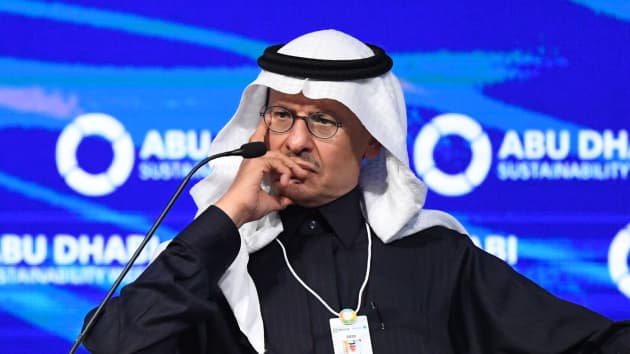
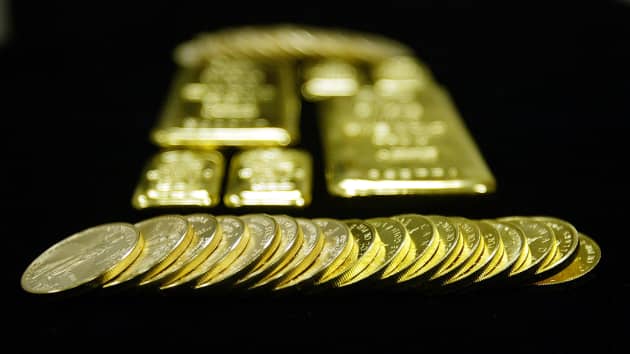


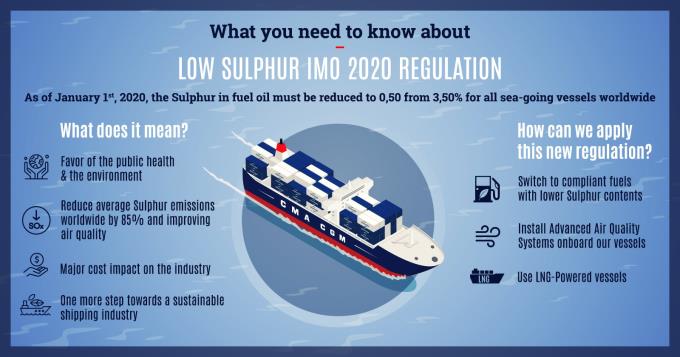
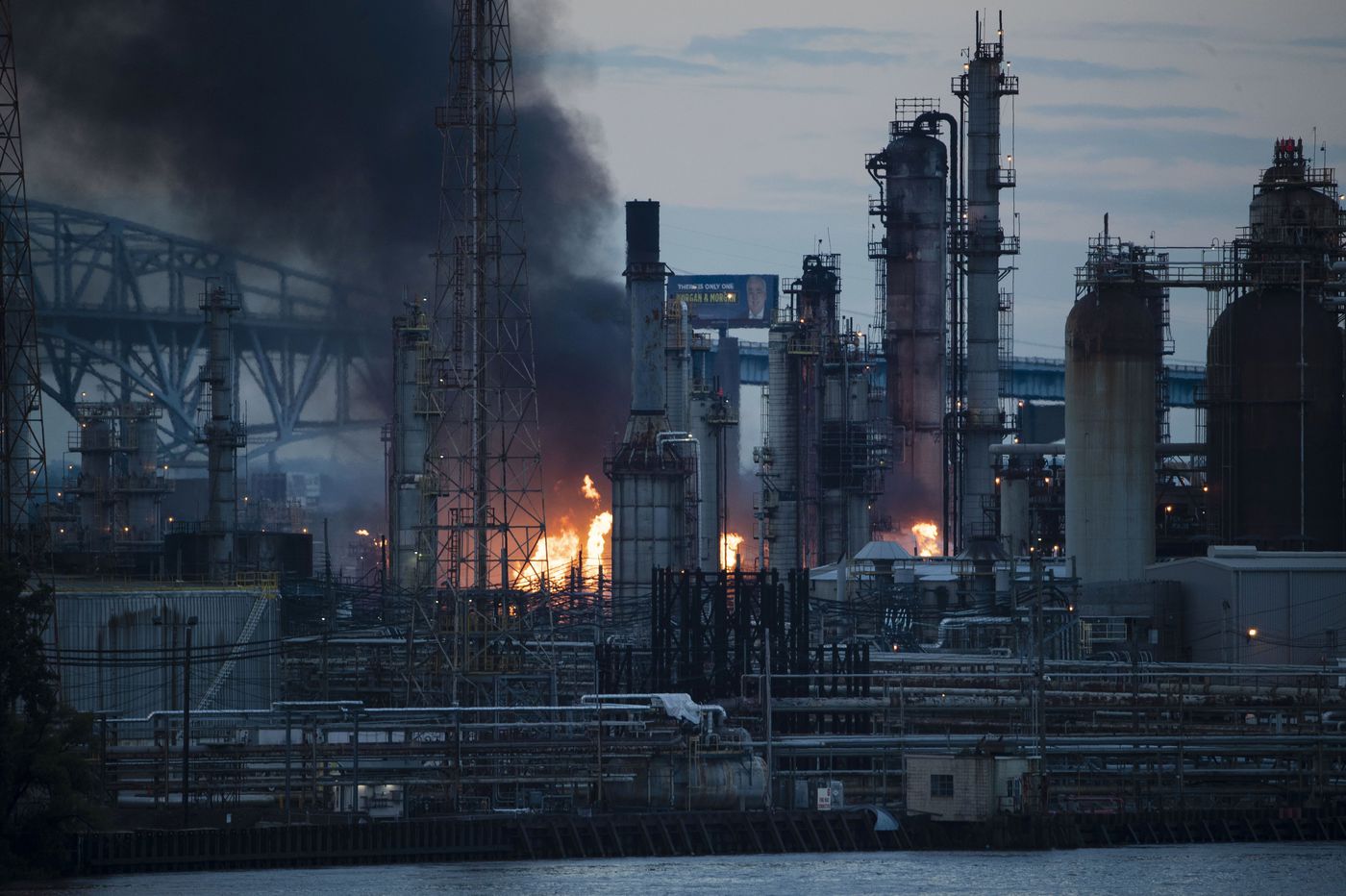
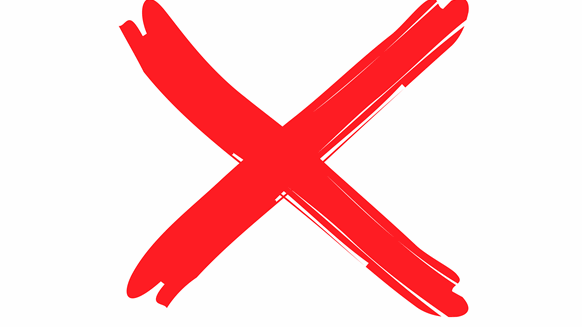



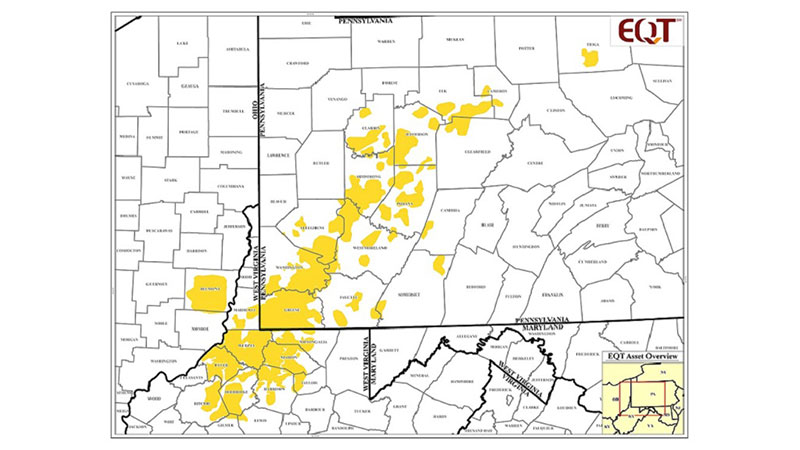

:brightness(10):contrast(5):no_upscale():format(webp)/GettyImages-186451171-58c395263df78c353cf8aa50.jpg)
